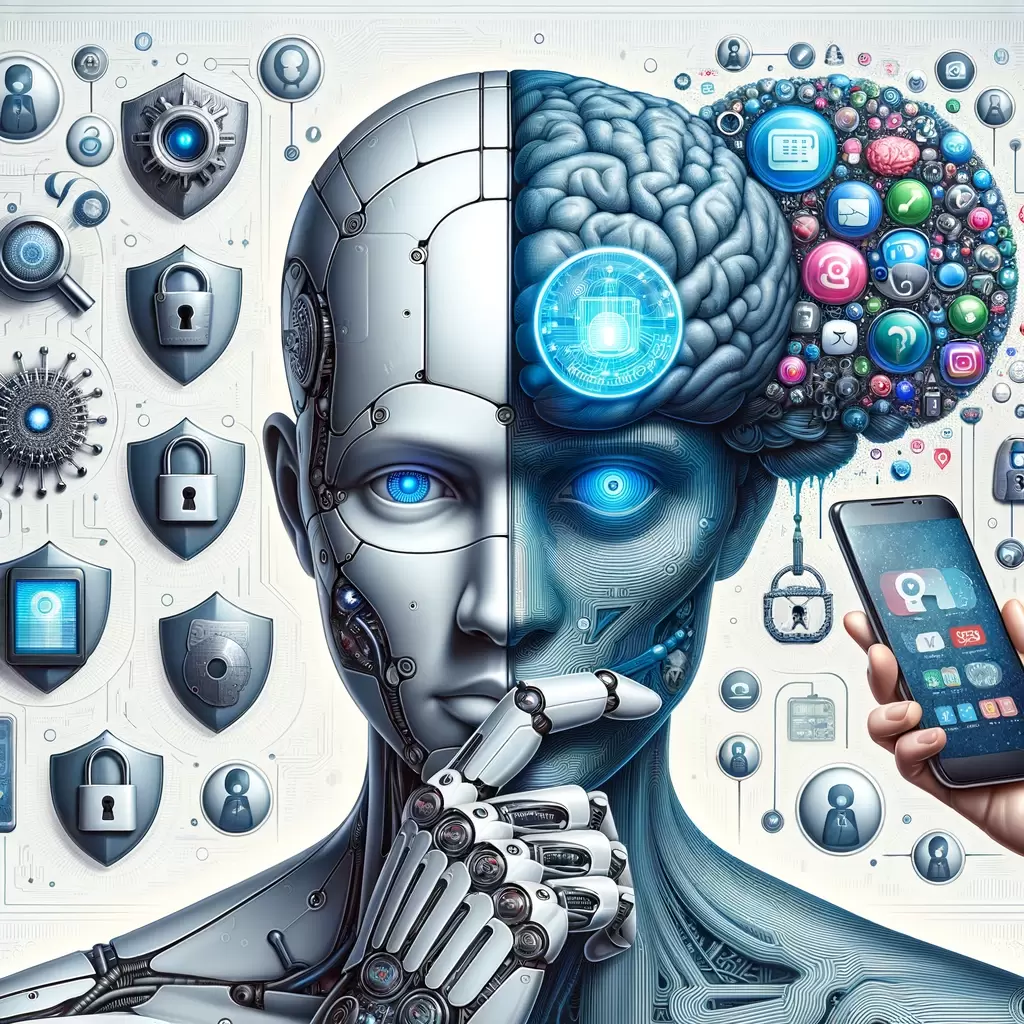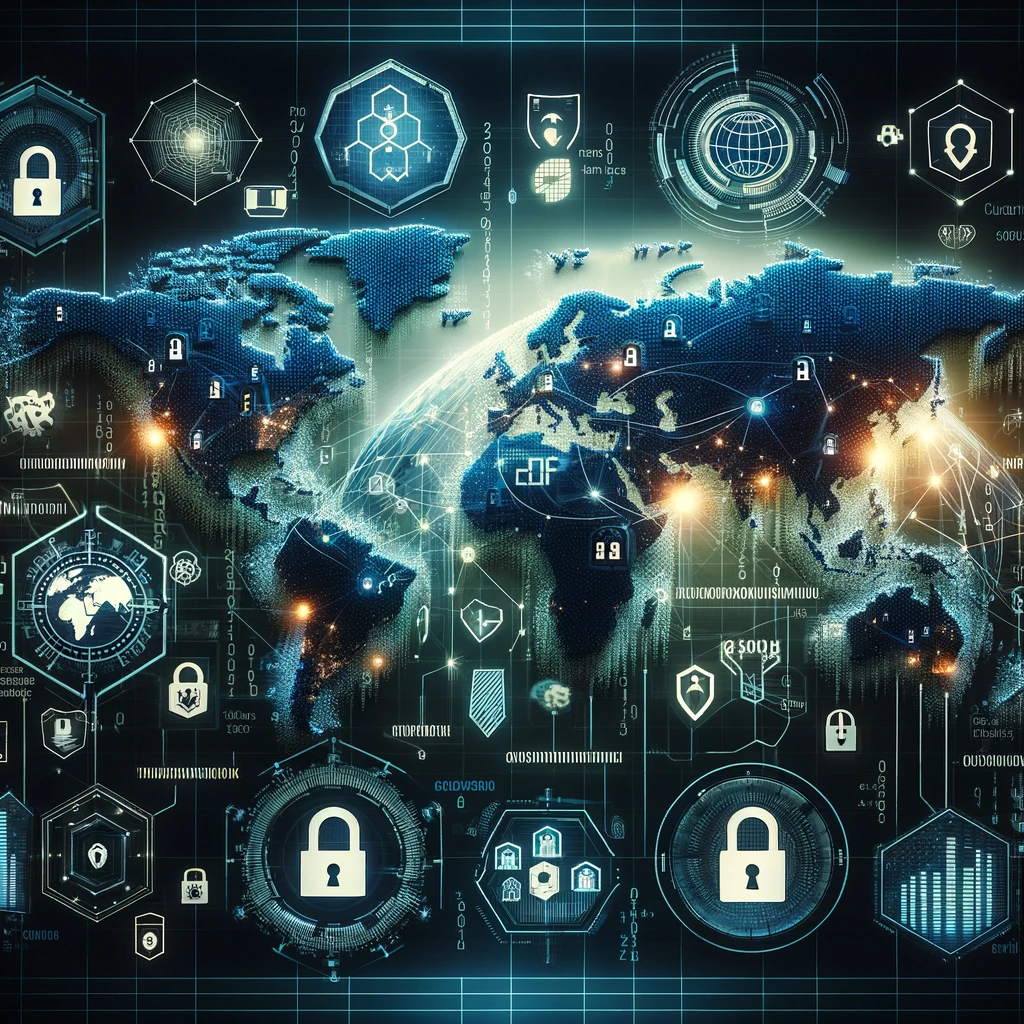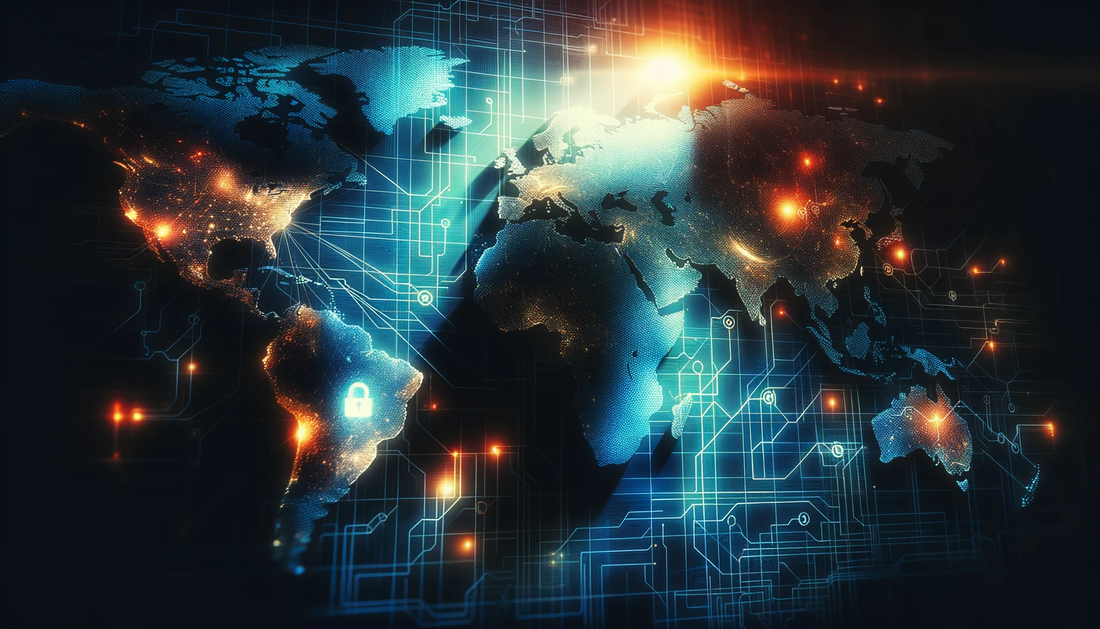|
In one corner of cyberspace, there's a fervent debate about privacy concerns with machine language models like ChatGPT, Gemini, and Copilot. Meanwhile, in a far more routine corner of our digital lives, the privacy settings of social media and messaging apps go unnoticed. Isn't that ironic? As an academic and observer of this fascinating digital world, I've always believed that security is a perception, shaped by our awareness of threats and risks. Through this article, I aim to shed light on this irony and promote a more nuanced understanding of our online security.
0 Comments
 In an increasingly interconnected world, information security has become a cornerstone for the success and sustainability of businesses. In this landscape, a crucial question arises: Is it better to hire a full-time employee or seek the expertise of a specialized consultant in cybersecurity and information systems? The answer to this question can define your company's ability to navigate the murky waters of digital threats. A cybersecurity consultant not only brings extensive technical expertise but also offers a strategic and tactical vision that aligns perfectly with your business's security and growth objectives. Navigating the Evolution of Cybersecurity: Understanding the Transition from NIST CSF 1.0 to CSF 2.02/28/2024  The landscape of cybersecurity is constantly evolving, challenging organizations to adapt and enhance their security measures. The National Institute of Standards and Technology's Cybersecurity Framework (NIST CSF) has been a pivotal guide in this journey. With the release of CSF 2.0, significant advancements have been made, building upon the foundation laid by CSF 1.0. In this blog post, we will explore the key differences and improvements brought by CSF 2.0, focusing on its scope, focus, structure, and additional features. In 2023, the cybersecurity world witnessed a diverse array of sophisticated threats. From credential stuffing to ransomware, and nation-state attacks, the landscape has evolved rapidly, presenting new challenges for businesses and individuals alike. This post delves into some of the year's most significant breaches, highlighting crucial lessons and strategies for a more secure future.
In an era where every facet of our lives intersects with technology, the specter of cyber threats looms larger with each passing day. The speed and precision with which malicious actors adapt to defensive measures have kept individuals, organizations, and even nations on tenterhooks. The recent security transgressions on a global scale, intertwined with geopolitical tensions, have thrown into sharp relief the pressing need to fortify our digital bastions. As we stand on the threshold of 2024, the imperative to discern the looming cyber challenges and strategize proactively has never been more critical.
 As an information security practitioner, I closely follow the World Economic Forum's Global Risk Report. The 2023 edition has underscored the escalating prominence of cybercrime and cybersecurity as a global risk. "Widespread cybercrime and cyber insecurity" has made its debut in the top 10 rankings of the most severe risks over the next decade (WEF, 2023).  In the digital age, the importance of information security cannot be overstated. As we navigate the complex landscape of cybersecurity, one factor often stands out as both a potential risk and a line of defense: the human factor. This was the focus of my recent doctoral dissertation, where I explored the behavioral and cross-cultural factors that influence an individual's intention to comply with information security policies.  Hello, readers! With over 24+ years of experience in the field of Information Technology, I've had the privilege of witnessing firsthand the transformative potential of artificial intelligence (AI). As we navigate this exciting digital era, a particularly fascinating yet daunting frontier is the advent of autonomous AI systems. These systems, capable of learning and making decisions independently, are poised to reshape our world. However, they also bring significant risks that we must confront and manage. Today, I'll share some insights on these challenges from my personal vantage point. Is Your Identity at Risk? How to Recover and Protect Yourself from Identity Theft and Data Breaches4/12/2023  We live in an increasingly interconnected world where personal and financial information is more exposed to online risks than ever before. Identity theft and data breaches can trigger difficult and stressful situations for victims. Therefore, it is crucial to be informed and know how to react to these incidents. In this article, we offer valuable measures and advice for dealing with and preventing identity theft or the leakage of your personal data, and we teach you how to protect yourself and recover from these situations. |
AuthorDr. Gilberto Crespo is an information security researcher & technology expert. Archives
April 2024
Categories
All
|






